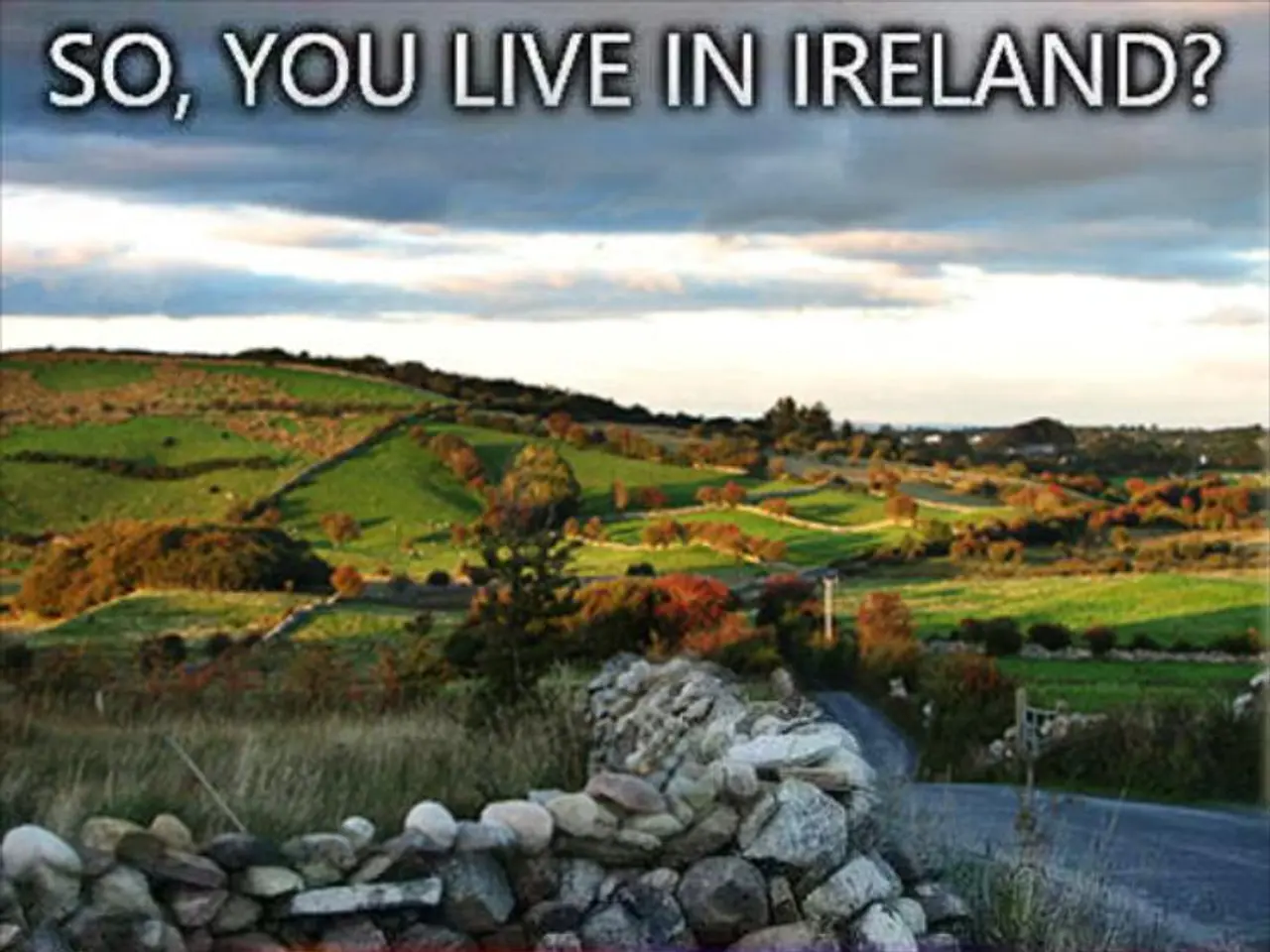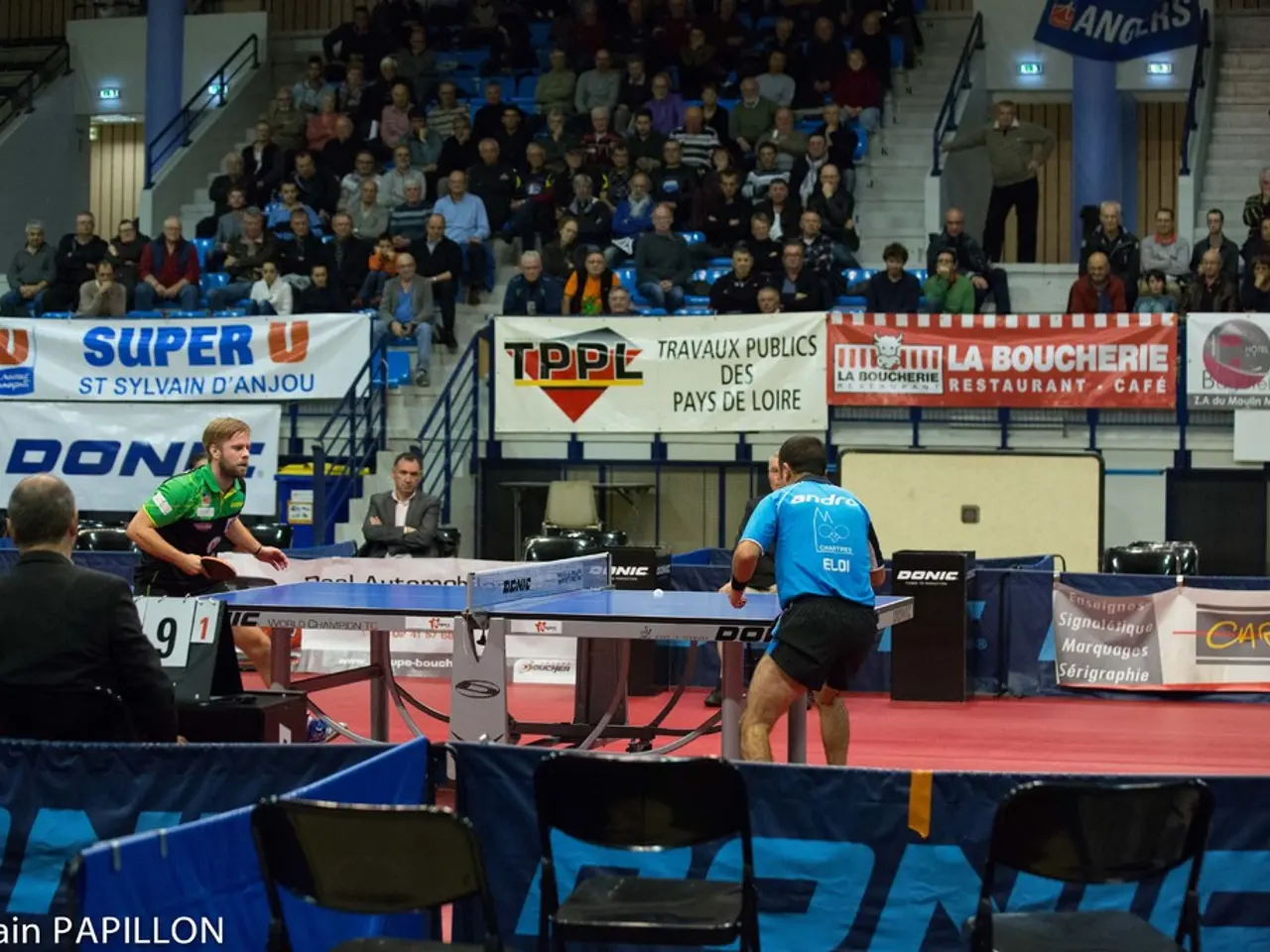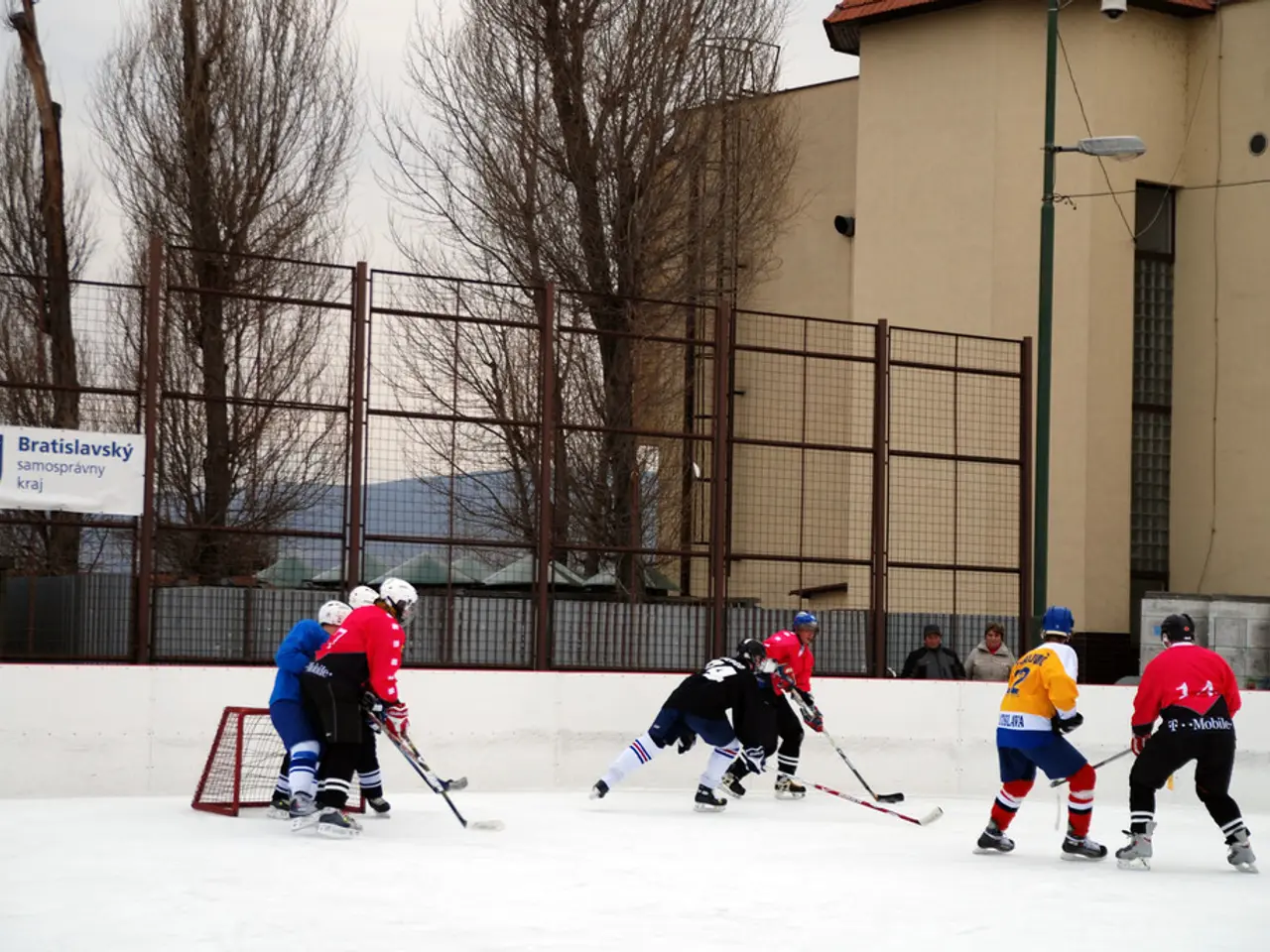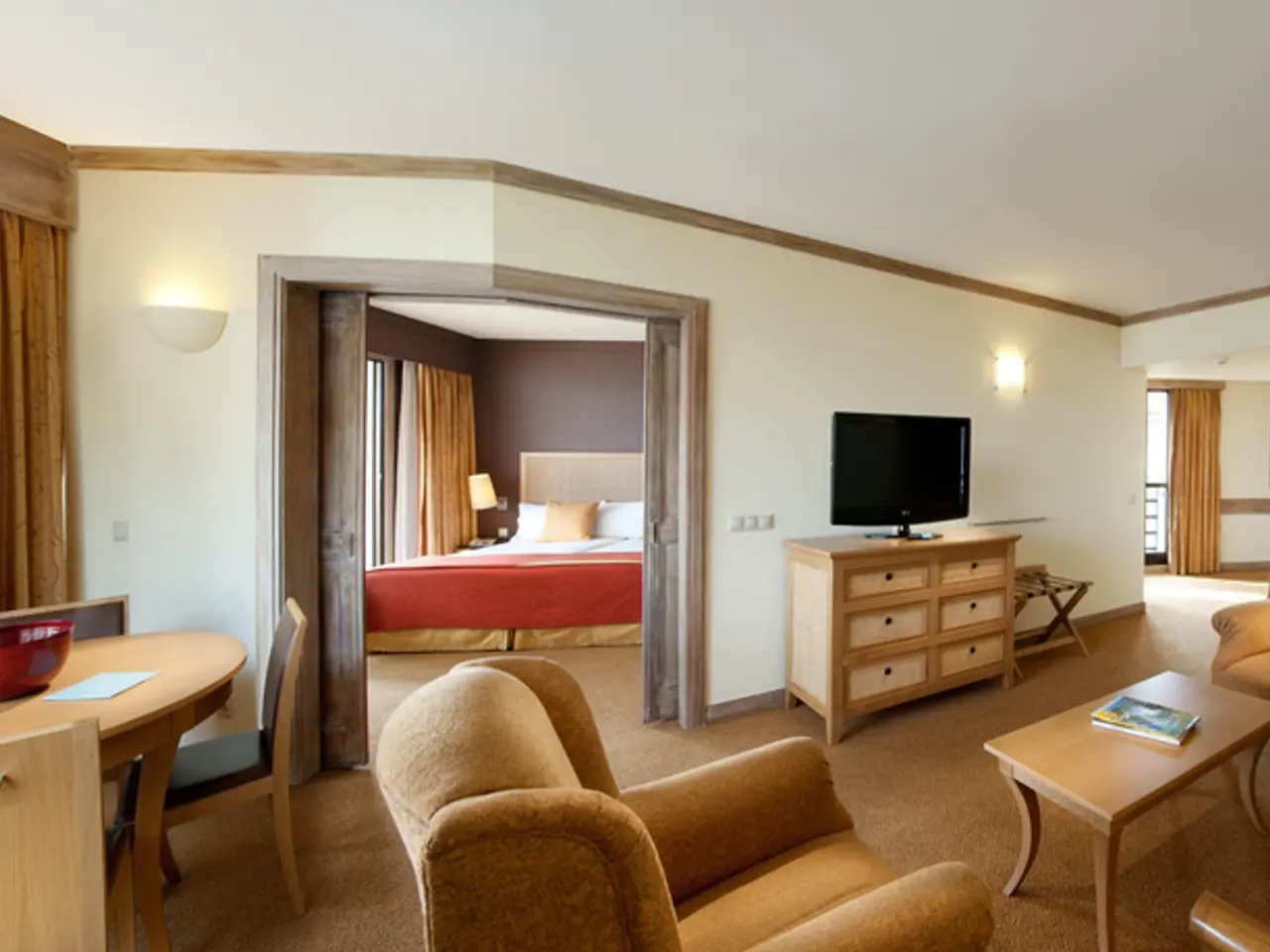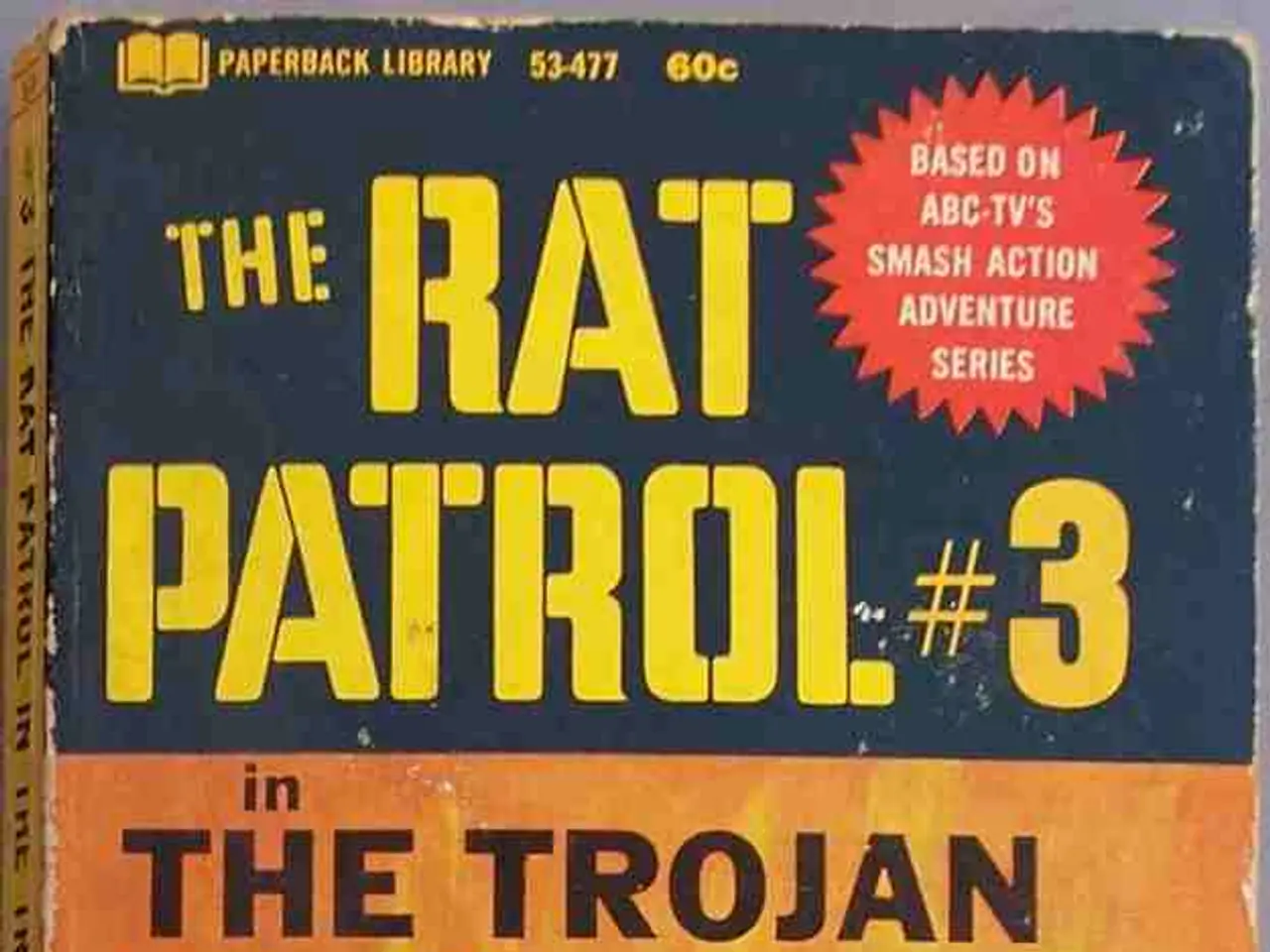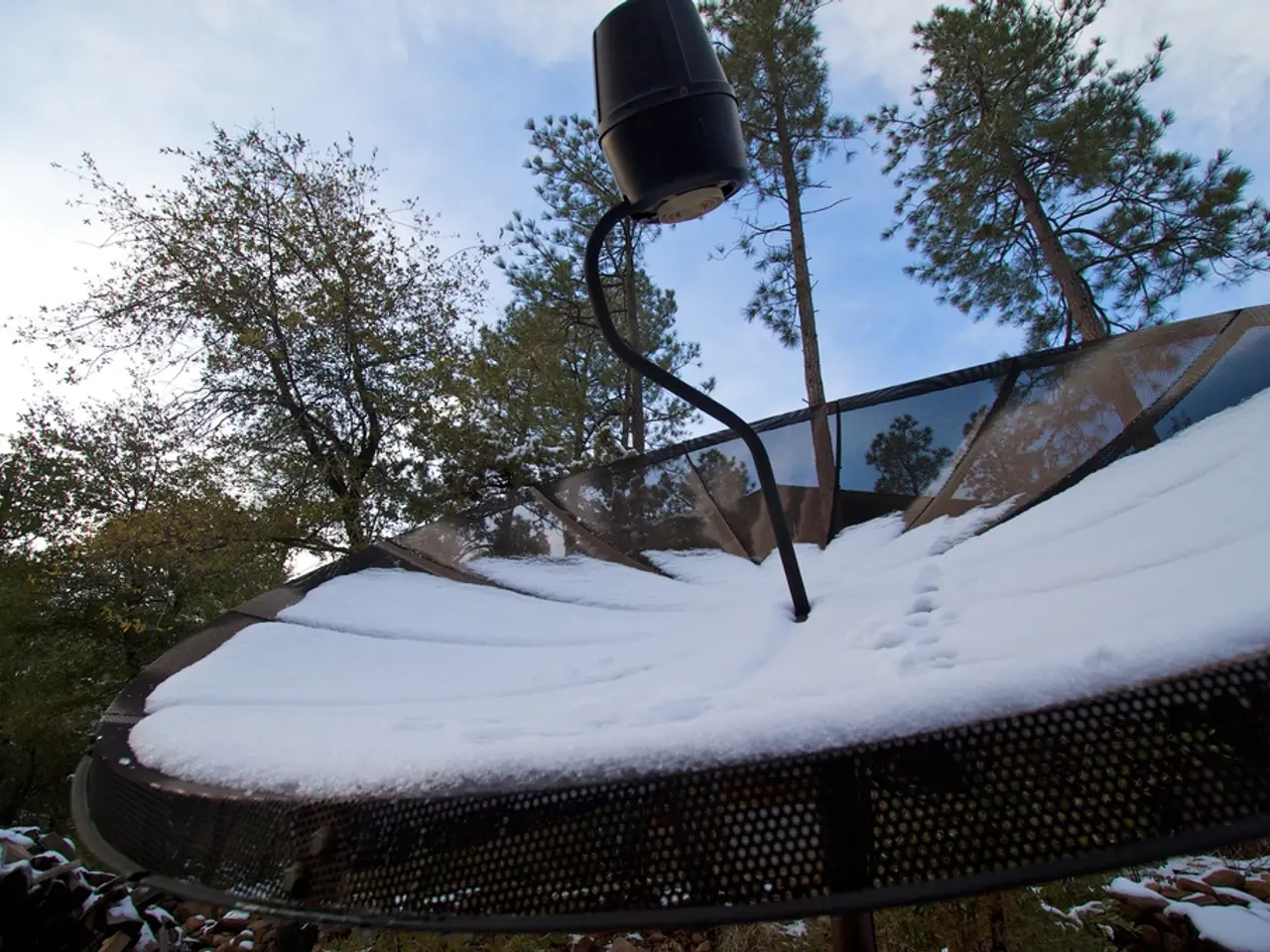Rapid expansion of wildfire in Southern California, surging from 50 acres to more than 1,000 acres within a few hours.
In Southern California, the rebuilding process and wildfire prevention efforts are in full swing following a series of devastating blazes that have ravaged the region this year.
Last Thursday, a new brush fire, known as the Canyon Fire, started east of Lake Piru in Ventura County. The fire initially covered about 50 acres but quickly spread to over 1,000 acres, prompting evacuations for the Lake Piru Recreation Area and parts of the surrounding area. The Canyon Fire is currently burning between Los Angeles County and Ventura County, with more than 18,000 homes and structures already destroyed by wildfires in Southern California this year.
The cause of the fires in Southern California remains unclear, and no specific details about the arrest of the man accused of starting the LA Fire were provided. What is known, however, is that this year has seen an increase in wildfires, with more than 4,400 wildfires reported in California, an increase from 3,800 at this time last year. These fires have burned over 221,100 acres this year, displacing at least 30 people and forcing roughly 200,000 to evacuate.
Amidst these challenges, various strategic plans and innovative efforts are being employed to facilitate reconstruction and reduce future fire risks. Los Angeles County, for instance, recently launched the "LA County Forward: Blueprint for Rebuilding," a comprehensive roadmap aimed at accelerating recovery, reducing building costs, speeding up permits and inspections, and improving fire safety in the hardest-hit communities, primarily in unincorporated areas.
However, actual rebuilding has proceeded slowly. For example, only about 200 of 800+ rebuilding permit applications were approved in the months following the fires. Contributing factors include high costs, labor shortages, insurance complexities, and fire risk concerns.
Innovative approaches are emerging as well, such as a Bay Area startup using robotic, mobile micro-factories to build fire-resistant homes and accessory dwelling units, which may help speed and strengthen reconstruction efforts.
Meanwhile, the Red Cross and local agencies continue supporting disaster survivors with shelter, aid, and mental health services, emphasizing the ongoing recovery needs even six months post-wildfire.
Southern California is also investing heavily in new wildfire detection and prevention technologies to reduce future fire risks, which is critical to protecting rebuilt communities. Lake Piru, a reservoir in Los Padres National Forest, is being used to refill firefighting aircraft. Water-dropping aircraft have been responding to the Canyon Fire.
Despite these efforts, the rebuilding process remains challenging, with significant obstacles in permitting, costs, and timely house reconstruction in wildfire-affected areas. Governor Newsom issued a July 2025 Executive Order suspending mandatory rooftop solar and battery installations for rebuilding homes to ease construction requirements, but the actual rebuilding progress has been slow.
In conclusion, the rebuilding process is actively underway and guided by strategic plans and innovative efforts, but significant challenges remain in permitting, costs, and timely house reconstruction in wildfire-affected Southern California.
- The current wildfire situation in Southern California has not only sparked a surge in rebuilding efforts, but it has also raised concerns about environmental science and the impact of wildfires on the local environment.
- Amidst the political debates over why wildfires have increased this year, the focus on sports has taken a backseat, with critical discussions dominating conversations about weather, science, and environmental-science instead.
- As the Canyon Fire continues to burn in Southern California, meteorologists are monitoring weather patterns closely to forecast the fire's movement and determine the effectiveness of recent detection technologies in wildfire prevention.
